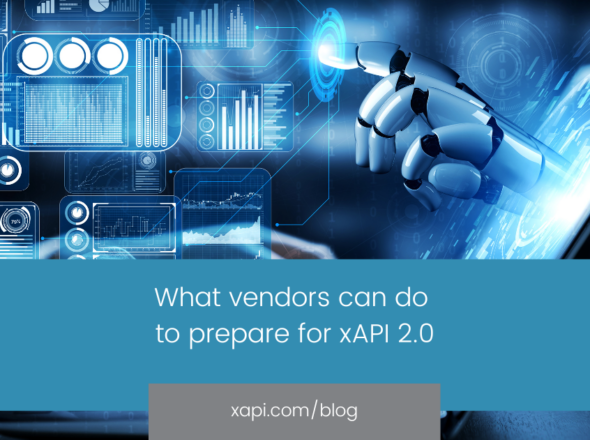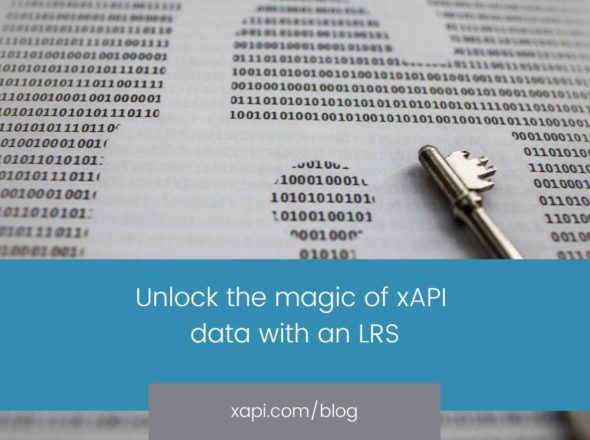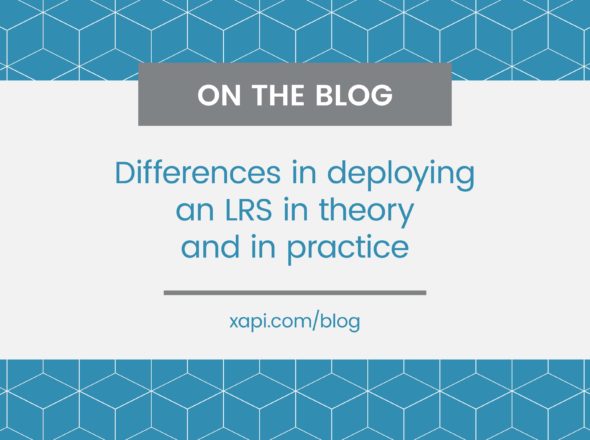People learn a lot from YouTube. Some companies have libraries of videos on YouTube that they use for formal training, or maybe you just want to watch a video to learn something useful on your own.
Ervin has been busy building a practical tool that captures learning data from YouTube — and there’s a lot that you can capture with xAPI.
There’s a lot that you can do with xAPI and video on many platforms, not just YouTube.
We chose YouTube because, well, it’s popular, but we’ve done more than just work with YouTube videos. Brian worked with one of our clients to generate xAPI statements from their Brightcove videos, and also from videos on their native mobile apps (iOS and Android), even when the mobile devices aren’t connected to a network.
Now, back to YouTube, and what we’ve done to “xAPInify” it.
You can see which parts of the video were actually played, skipped, rewatched, or even if the learner got distracted by another window or application on their computer. If you’ve worked with any older e-learning standards, you realize how amazing all of this is.
It’s hard to express just how useful this data can be, especially when you start looking at large samples of learners and seeing which parts of specific videos will lead to improved real-world performance.
Ervin will be writing a post wrote a blog about some of the technical things that are required to track YouTube videos with xAPI, and we’ll be sharing the actual tool with the public in the near future. Until then, here’s a screenshot of some of the statements I just generated.



